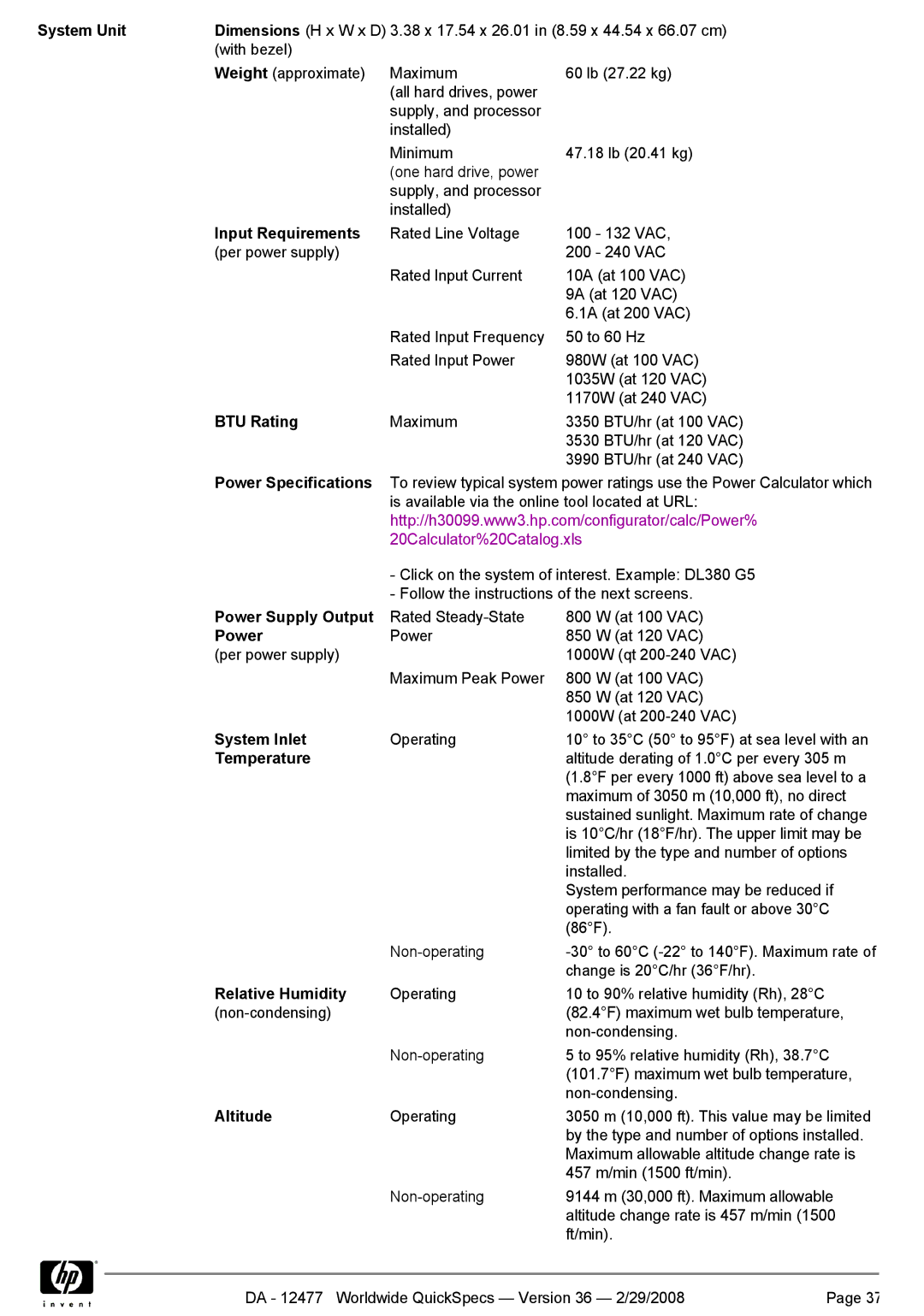Smart Array 256MB, Smart Array P400, 2-5300, Smart Array 64MB specifications
The HP Smart Array technology has long been a cornerstone in the realm of enterprise storage solutions, catering to various demands for data storage and management. Focusing specifically on the HP Smart Array controller models such as the 64MB, 2-5300, P400, and the 256MB variants, this article discusses their main features, technologies, and characteristics that make them effective solutions for businesses.The HP Smart Array 64MB controller offers essential RAID functionality and serves as an entry point for those looking to implement a reliable storage solution. With support for various RAID levels, including RAID 0, 1, 5, and 6, this controller provides a balance between performance and data protection. Its 64MB of cache ensures efficient data throughput, vital for environments with moderate workloads.
The Smart Array 2-5300 controller represents a more advanced option, supporting higher performance storage configurations. Designed for fast-paced business applications, it enhances data integrity and availability. It also features advanced RAID levels like RAID 10 and RAID 50, catering to users who prioritize both performance and redundancy. The versatile connector options enable users to easily build and expand their storage needs.
The HP Smart Array P400 controller takes performance to another level with 256MB of cache memory, allowing for superior data handling capabilities. This controller is engineered for high-demand environments, boasting Serial Attached SCSI (SAS) interface compatibility which facilitates rapid data transfer rates. Enhanced SAS technology provides a greater number of devices connected to a single controller, making it ideal for enterprise-level applications where scalability and reliability are critical.
Lastly, the HP Smart Array 256MB controller showcases a powerful design that emphasizes efficiency. It includes support for advanced features such as battery-backed write cache, which ensures data is not lost during power failures. Users benefit from optimized read and write operations, resulting in elevated performance across various workloads.
All these Smart Array controllers maintain HP's commitment to robust data security and performance, employing technologies such as online RAID level migration and online capacity expansion. These functionalities allow organizations to adapt their storage solutions without downtime, a critical factor in today’s 24/7 business environment.
In conclusion, the HP Smart Array family, through its various models, offers tailored solutions to meet diverse storage needs—from basic RAID implementations to high-performance, enterprise-grade configurations—ensuring data protection, scalability, and reliability for businesses.

